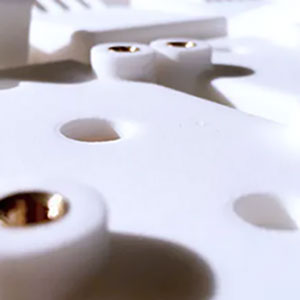3D Printing
Accelerate your designs with Topsun Rapid 3D Printing services. It’s fast and affordable. Got some ideas to print? Simply send your CAD file for a quote.
3D Printing Services
Stereolithography (SLA)

Laser Sintering (SLS)

Metal Printing


Quick Specs
No minimum order
Lead time: 3 to 5 days
|
For available finishes, see FAQ |
Supporting Document/s
Share:




